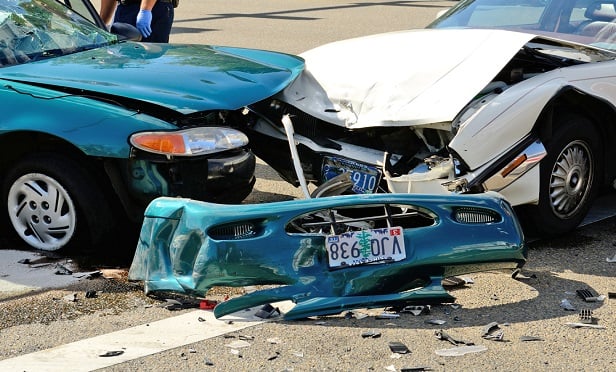 When a collision occurs just over a hillcrest, the turning driver is often charged with failure to yield the right of way, but other factors may come into play when determining fault. (Photo: Shutterstock)
When a collision occurs just over a hillcrest, the turning driver is often charged with failure to yield the right of way, but other factors may come into play when determining fault. (Photo: Shutterstock)
When traveling on the road, many risks must be considered. While there are some obvious concerns, those that are unseen also pose a threat. Blind hillcrests leave drivers guessing "what's on the other side." Regardless of their intentions, before drivers make a maneuver, they should pay extra attention to blind hillcrests.
Recommended For You
Want to continue reading?
Become a Free PropertyCasualty360 Digital Reader
Your access to unlimited PropertyCasualty360 content isn’t changing.
Once you are an ALM digital member, you’ll receive:
- Breaking insurance news and analysis, on-site and via our newsletters and custom alerts
- Weekly Insurance Speak podcast featuring exclusive interviews with industry leaders
- Educational webcasts, white papers, and ebooks from industry thought leaders
- Critical converage of the employee benefits and financial advisory markets on our other ALM sites, BenefitsPRO and ThinkAdvisor
Already have an account? Sign In Now
© 2025 ALM Global, LLC, All Rights Reserved. Request academic re-use from www.copyright.com. All other uses, submit a request to [email protected]. For more information visit Asset & Logo Licensing.








